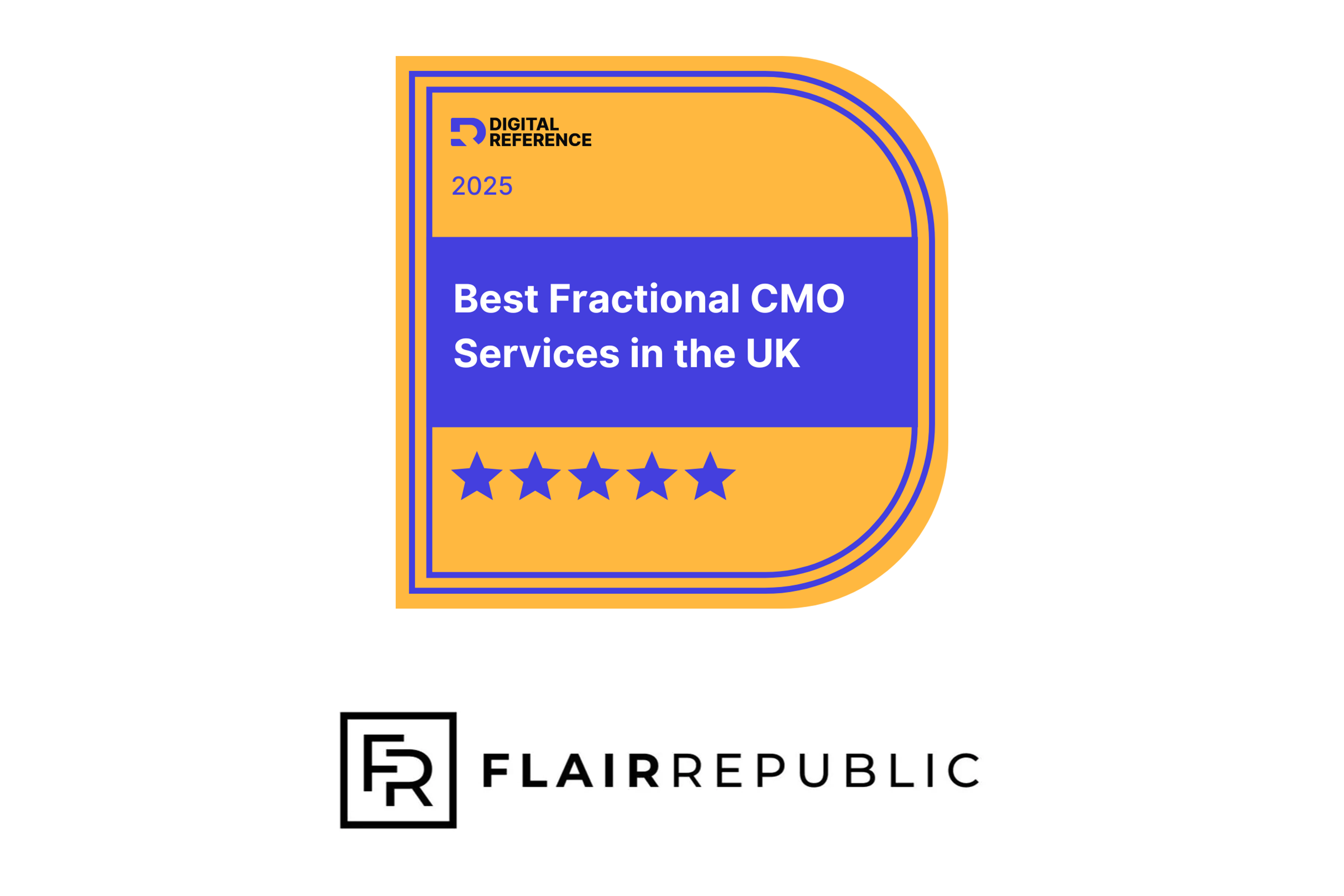
SEO vs. SEM: The Difference Explained for Search Engine Marketing
Contents
Every business strives to achieve visibility online. At the heart of navigating online marketing are two powerful strategies: SEO (Search Engine Optimisation) and SEM (Search Engine Marketing). While these terms are often used interchangeably, they represent distinct approaches with their own set of tools, techniques, and outcomes. Understanding the difference between SEO and SEM can help businesses make informed decisions and optimise their online presence. This blog aims to demystify SEO and SEM, guiding businesses through the world of search engine marketing and website search optimisation.
What is Search Engine Marketing (SEM)?
Search Engine Marketing, often abbreviated as SEM, encompasses a broader strategy that includes both paid and organic methods to increase a website’s visibility on search engine results pages (SERPs). Search Engine Marketing amplifies your brand’s presence through paid advertisements. It’s the fast lane to search engine visibility, allowing businesses to appear at the top of search results instantly.
Key Components of SEM
- Paid Search Ads (PPC): Pay-per-click (PPC) advertising is the cornerstone of SEM. Businesses bid on keywords, and their ads appear at the top or bottom of SERPs. Each time someone clicks on the ad, the business pays a fee. This method is effective for driving immediate traffic and generating leads quickly.
- Display Ads: Display advertising involves placing visual banner ads on websites across the internet. These ads are usually part of a larger Search Engine Marketing strategy and can target specific audiences based on demographics, interests, or behaviour.
- Remarketing: This tactic allows businesses to target users who have previously visited their website but didn’t convert. Remarketing ads appear on other sites or social platforms, encouraging users to return and complete the desired action.
- Shopping Ads: For e-commerce businesses, shopping ads allow products to be showcased directly in search results, complete with images, prices, and links to the product page.
Advantages of SEM
Search Engine Marketing’s most significant advantage is its speed. With the right budget, businesses can see immediate results, making it ideal for short-term campaigns, product launches, or seasonal promotions. Additionally, SEM offers precise targeting options, enabling businesses to reach specific audiences based on their search behaviour, location, or demographic data.
Disadvantages of SEM
However, SEM is not without its drawbacks. The most obvious is cost. Unlike SEO, which requires an investment of time and resources but no direct payment to search engines, SEM involves ongoing costs. As soon as you stop paying, your ads disappear. This makes SEM a less sustainable option for businesses with limited budgets or those seeking long-term growth.
What is Search Engine Optimisation (SEO)?
On the other hand, SEO is the practice of optimising your website to improve its organic ranking on search engines. While SEM may offer quick results, SEO is a marathon, not a sprint. It involves optimising various aspects of your website – from content to technical elements – to ensure search engines can crawl, index, and rank your site effectively.
Key Components of SEO
- On-Page SEO: This involves optimising individual pages on your website to improve their search engine rankings. Key tactics include using the main keyword (e.g., search engine marketing) effectively, incorporating related SEO keywords like “optimised search engine” and “search engine optimisation website,” and ensuring your content is relevant and engaging.
- Off-Page SEO: This refers to actions taken outside your website to improve your search engine rankings. The most common off-page SEO strategy is backlink building, where other websites link back to your content, signalling to search engines that your site is authoritative and trustworthy.
- Technical SEO: This involves optimising the technical aspects of your website, such as page speed, mobile-friendliness, and secure socket layer (SSL) certificates. Ensuring that search engines can crawl and index your site efficiently is critical for achieving higher rankings.
- Content Creation: High-quality, relevant content is the backbone of SEO. Creating blog posts, articles, and landing pages that address your audience’s needs can drive organic traffic and improve your website’s search optimisation.
Advantages of SEO
The primary advantage of SEO is sustainability. Unlike SEM, where visibility disappears as soon as the budget runs out, the results of SEO can last for months or even years. Additionally, organic results often carry more credibility with users than paid ads, leading to higher click-through rates and conversions over time.
Disadvantages of SEO
However, SEO requires patience and persistence. It can take months to see significant results, making it less ideal for businesses seeking quick wins. Moreover, SEO is an ever-evolving field; what works today may not work tomorrow. Keeping up with algorithm updates and best practices requires ongoing effort and expertise.
The Key Differences Between SEO and SEM
Cost and Budget
One of the most significant differences between SEO and SEM is cost. SEM can provide instant results, but it comes at a price. If your budget runs out, so do your results. SEO, on the other hand, requires an investment of time and resources upfront, but the long-term gains can be more cost-effective.
Time to See Results
SEM is like turning on a tap; as soon as you pay, the water flows. SEO, however, is more like planting a garden. You need to invest time and effort in the beginning, but once it grows, it can provide a steady stream of traffic without ongoing costs.
Sustainability and Longevity
While SEM is effective for short-term campaigns and immediate visibility, SEO is the more sustainable option for long-term growth. Once you’ve built up your website’s authority through optimised search engine tactics and search engine optimisation website strategies, you can maintain high rankings with minimal ongoing effort.
Click-Through Rates and User Trust
Studies have shown that users are more likely to trust organic search results than paid ads. While SEM can get you to the top of the page, SEO can help you build a lasting relationship with your audience through valuable content and a strong online presence.
Targeting and Customisation
SEM allows for precise targeting, enabling you to reach specific audiences based on various factors, such as demographics, location, and behaviour. SEO, however, focuses on broad optimisation, making it less customisable in terms of targeting but more inclusive in reaching a wider audience over time.
When to Use SEO vs. SEM
The decision to use SEO, SEM, or a combination of both depends on your business goals, budget, and timeline.
Use SEM When:
- You Need Immediate Results: If you’re launching a new product or running a limited-time promotion, SEM can provide instant visibility and drive traffic quickly.
- You Have a Flexible Budget: SEM requires ongoing investment, so it’s best suited for businesses with the resources to sustain a paid campaign.
- You Want to Target a Specific Audience: SEM’s targeting options make it ideal for reaching a particular demographic or geographic location.
Use SEO When:
- You’re Focused on Long-Term Growth: If your goal is to build a sustainable online presence, SEO is the way to go. It may take time, but the results can be lasting and cost-effective in the long run.
- You Have Limited Resources: While SEO requires time and effort, it doesn’t involve direct payments to search engines, making it a more viable option for businesses with tighter budgets.
- You Want to Build Trust with Your Audience: SEO’s focus on organic content can help you establish credibility and trust with your audience, leading to higher engagement and conversions over time.
Combining SEO and SEM for Maximum Impact
In many cases, the best approach is to combine SEO and SEM to create a comprehensive search engine marketing strategy. For example, you can use SEM to drive immediate traffic while simultaneously working on your SEO to build long-term visibility. This approach allows you to cover all bases and maximise your reach.
Expert Insights on SEO vs. SEM
SEO and SEM are often seen as opposing strategies, but industry experts suggest they can complement each other. As Neil Patel, a leading digital marketing expert, puts it: “While SEO and SEM individually have advantages and disadvantages, when combined, they can provide you with a strong competitive edge.”
Conclusion
In conclusion, while SEM offers quick wins and targeted visibility, SEO provides a sustainable foundation for long-term growth. By leveraging the strengths of both strategies, businesses can create a robust search engine marketing approach that drives traffic, builds trust, and ultimately leads to success.
Whether you’re just starting with search engine marketing or looking to refine your existing strategy, remember that the key lies in balance. SEO and SEM are two sides of the same coin – when used together, they can help you achieve your online goals and outshine the competition. If you’re looking for SEO, PPC or a combination of both with Fractional CMO services, get in touch to discuss how FlairRepublic can transform your current marketing strategy.






